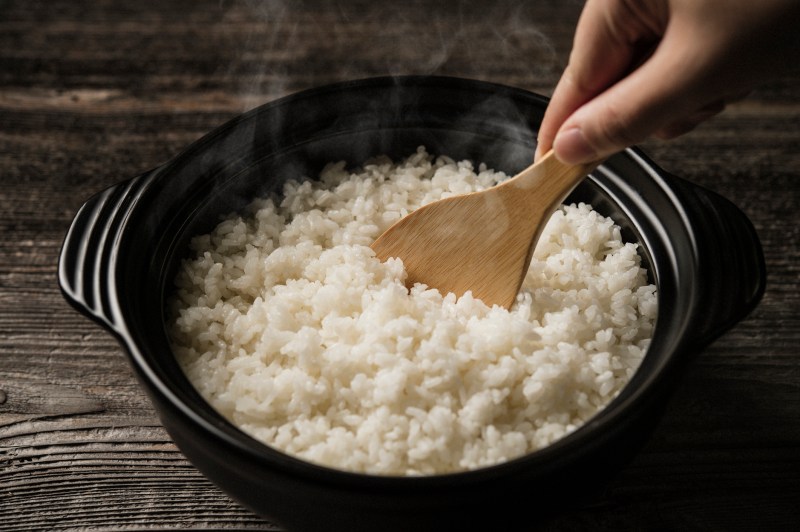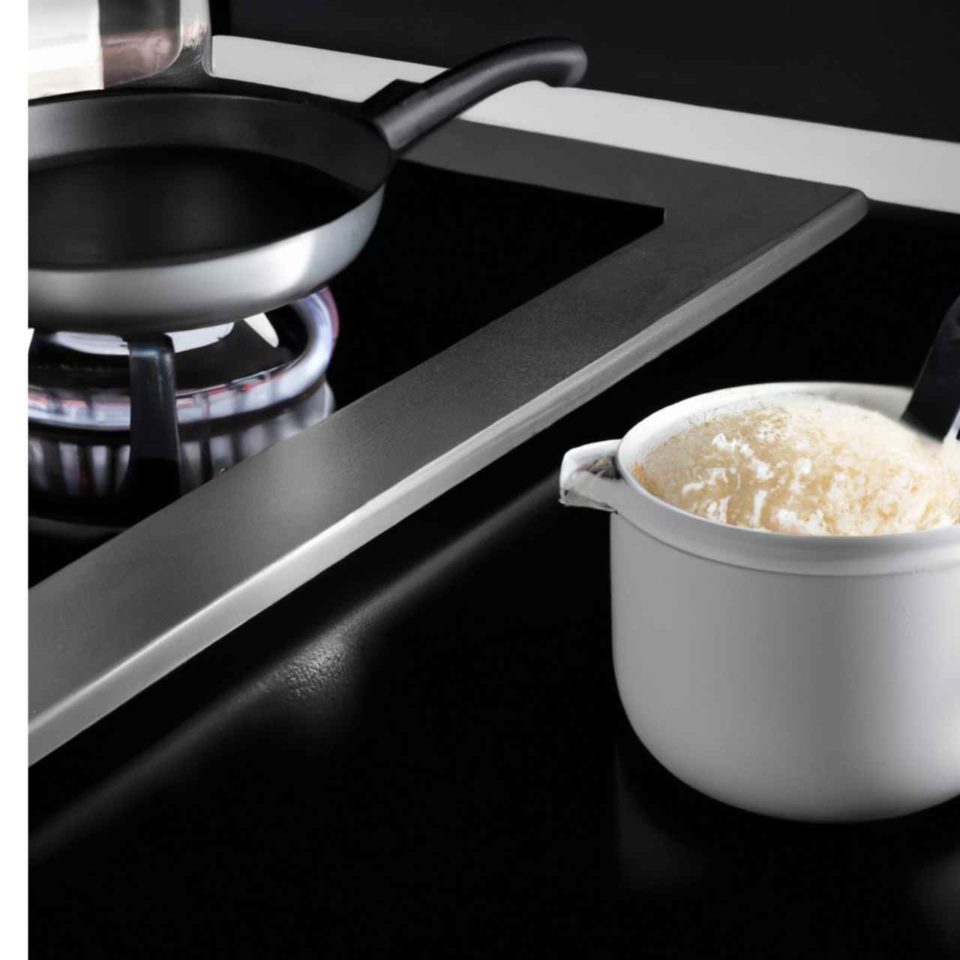Reheating Rice on the Stove: A Comprehensive Guide
I. Introduction to Reheating Rice on the Stove

A. Why Stovetop Reheating is Preferred
- Retains Texture and Moisture: Reheating rice on the stove helps retain its original texture and moisture content, resulting in fluffy and delicious rice.
- Allows for Customized Flavors and Seasonings: Stovetop reheating allows you to add your preferred flavors and seasonings to the rice, enhancing its taste.
B. Safety Considerations and Precautions
- Proper Storage and Handling of Cooked Rice: Safe storage and handling practices are crucial to prevent the growth of harmful bacteria and minimize the risk of foodborne illness.
- Minimizing the Risk of Foodborne Illness: It is important to follow proper food safety guidelines to prevent the multiplication of bacteria like Bacillus cereus, which can cause food poisoning.
II. Preparing Rice for Stovetop Reheating
A. Proper Storage of Cooked Rice
- Cooling and Refrigeration Techniques: Cool cooked rice quickly by spreading it in a thin layer on a baking sheet before refrigerating.
- Suitable Containers for Storage: Store cooked rice in airtight containers to maintain its freshness and prevent contamination.
B. Choosing the Right Rice Reheating Method
- Direct Stovetop Reheating: Reheat rice directly in a saucepan or skillet for a quick and straightforward method.
- Indirect Stovetop Reheating (Using a Steamer or Double Boiler): This method allows for gentle reheating to preserve the rice’s texture and moisture.
III. Direct Stovetop Reheating Techniques
A. Basic Stovetop Reheating Method
- Using a Saucepan or Skillet: Place the cooked rice in a saucepan or skillet over low to medium heat.
- Adding Liquid for Moisture Retention: Add a small amount of water or broth to the rice to prevent it from drying out during reheating.
B. Enhancing Flavor and Texture
- Stir-frying Reheated Rice: Transform reheated rice into a flavorful dish by stir-frying it with vegetables, protein, and seasonings.
- Seasoning and Spicing Options: Add herbs, spices, sauces, or condiments to enhance the flavor of reheated rice.
IV. Indirect Stovetop Reheating with a Steamer or Double Boiler
A. Setting up the Steamer or Double Boiler
- Required Equipment and Utensils: Use a steamer basket or double boiler setup to indirectly heat the rice.
- Step-by-Step Instructions for Reheating Rice: Place the rice in a heatproof container and heat it over simmering water.
B. Advantages of Indirect Reheating
- Even Heating and Moisture Retention: Indirect reheating ensures that the rice is heated evenly and retains its moisture.
- Preserving the Rice’s Original Texture: The gentle steaming process helps preserve the rice’s original texture and prevents it from becoming mushy.
V. Tips for Reheating Different Rice Varieties
A. White Rice
- Adjusting Reheating Time and Liquid Amount: White rice reheats quickly, so monitor the reheating time and add a small amount of liquid to prevent dryness.
- Preventing Overcooking or Mushiness: Be cautious not to overcook white rice during reheating, as it can become mushy.
B. Brown Rice and Wild Rice
- Longer Reheating Times and Additional Liquid: Brown rice and wild rice require slightly longer reheating times and may need a bit more liquid.
- Fluffing and Resting Techniques: Gently fluff the reheated brown or wild rice with a fork and allow it to rest for a few minutes before serving.
Reheating rice on the stove can be a simple and efficient way to enjoy delicious, freshly reheated rice. This comprehensive guide has provided insights into various stovetop reheating methods, including direct and indirect techniques.
